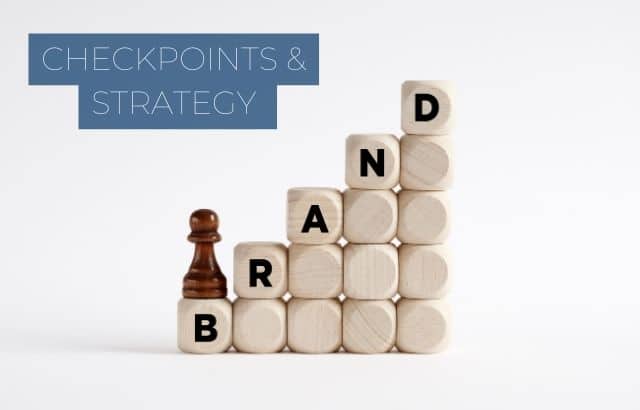Brand Audit Strategy – In today’s dynamic marketplace, maintaining a strong and relevant brand is crucial for long-term success. A brand audit serves as a vital tool for businesses to gain a comprehensive understanding of their brand’s current standing, market perception, and overall effectiveness. By systematically evaluating elements such as brand positioning, identity, messaging, and customer experience, organizations can uncover valuable insights that inform strategic decisions. As we step into innovation era, conducting a thorough brand audit will enable companies to adapt to shifting consumer preferences and competitive landscapes, ensuring their brand remains resonant and impactful.
Conducting a Brand Audit is crucial for ensuring the health and effectiveness of a company.
Table of Contents
What is a Brand Audit?

- A brand audit is a comprehensive examination and evaluation of a brand’s current position in the market, its strengths, weaknesses, opportunities, and threats.
- The purpose of a brand audit is to understand how a brand is perceived by its target audience, identify areas for improvement, and ensure that the brand aligns with its strategic objectives.
- This process involves a systematic review of various components related to the brand, including its visual identity, messaging, positioning, and overall brand experience.
Here’s a comprehensive strategy with an action plan for Brand audits.

Hirav Shah’s Top FAQs on Brand Audit Strategy

1. How often should a brand audit be conducted?
Brand audits should typically be conducted annually or biannually, depending on market changes and business objectives.
2. Who should be involved in the brand audit process?
Involve cross-functional teams, including marketing, sales, customer service, and product development, to gather diverse perspectives.
3. What tools can be used for conducting a brand audit?
Consider using survey tools (like SurveyMonkey), social media analytics (like Hootsuite), and customer feedback platforms (like Trustpilot) to gather data efficiently.
4. What are the key metrics to assess during a brand audit?
Focus on brand awareness, customer satisfaction, engagement rates, conversion rates, and brand loyalty metrics.
5. How can the findings from a brand audit be applied?
Use the findings to refine brand strategies, enhance marketing campaigns, improve customer service, and adjust product offerings to better meet customer needs.
Conclusion:

- The insights gained from a brand audit can help organizations make informed decisions about refining their brand strategy, improving customer experiences, and staying competitive in the market.
- It is an essential process for maintaining and enhancing a brand’s relevance and resonance with its target audience.
Conducting a brand audit is not just a routine task; it is an essential practice for any organization seeking to thrive in a competitive environment. The insights gained from this comprehensive evaluation can guide businesses in refining their brand strategy, enhancing customer experiences, and fostering deeper connections with their target audience. By understanding their strengths and areas for improvement, companies can make informed decisions that align with their strategic objectives and set them up for success in the ever-evolving market landscape. In an era where brand loyalty and customer engagement are paramount, a well-executed brand audit can be a transformative catalyst for growth and innovation.










